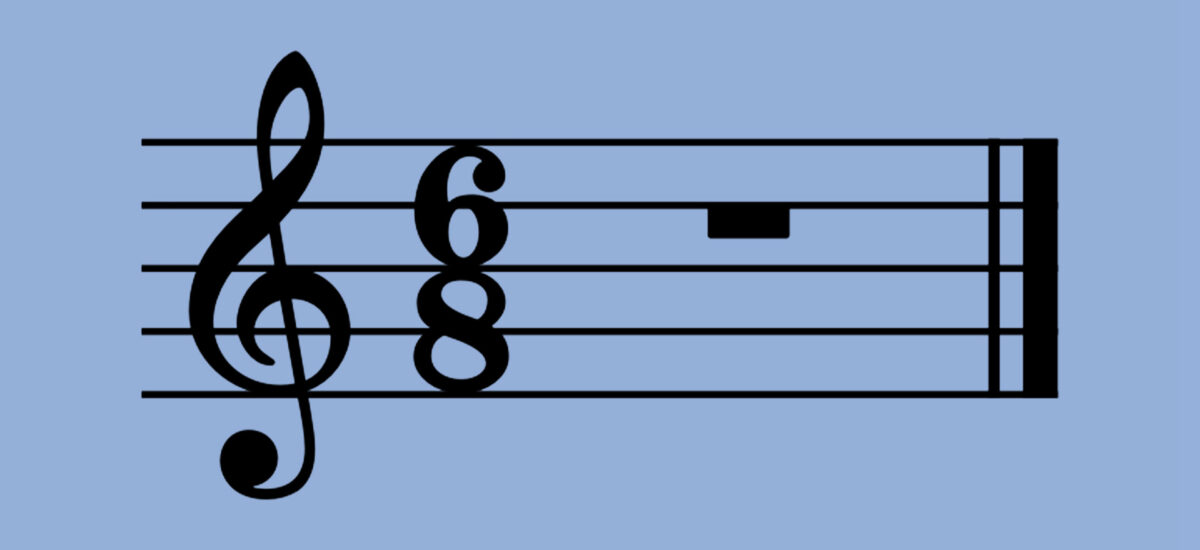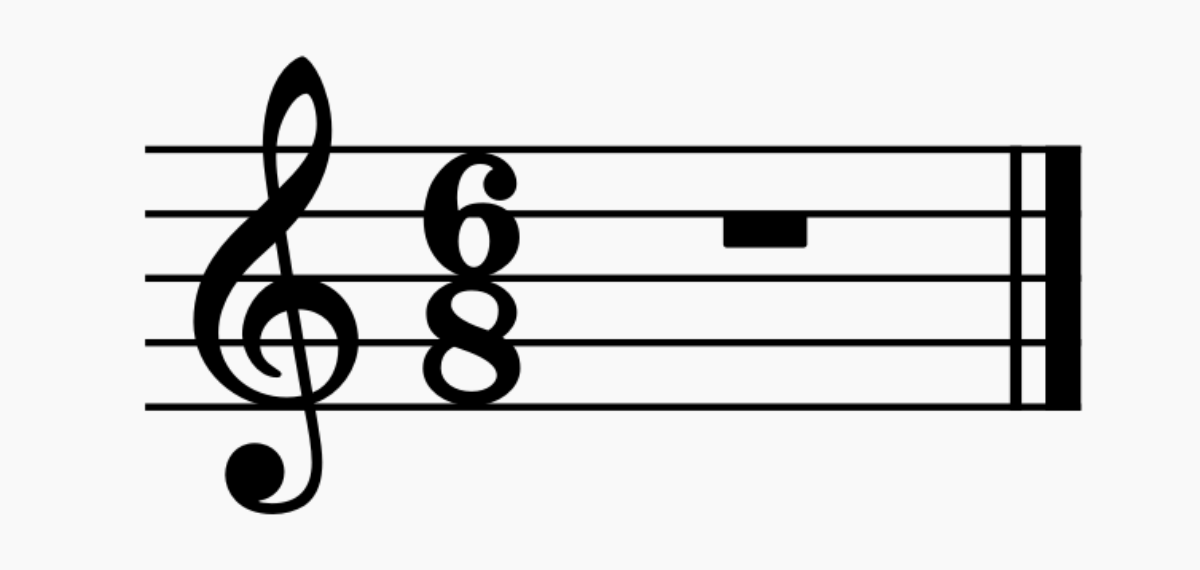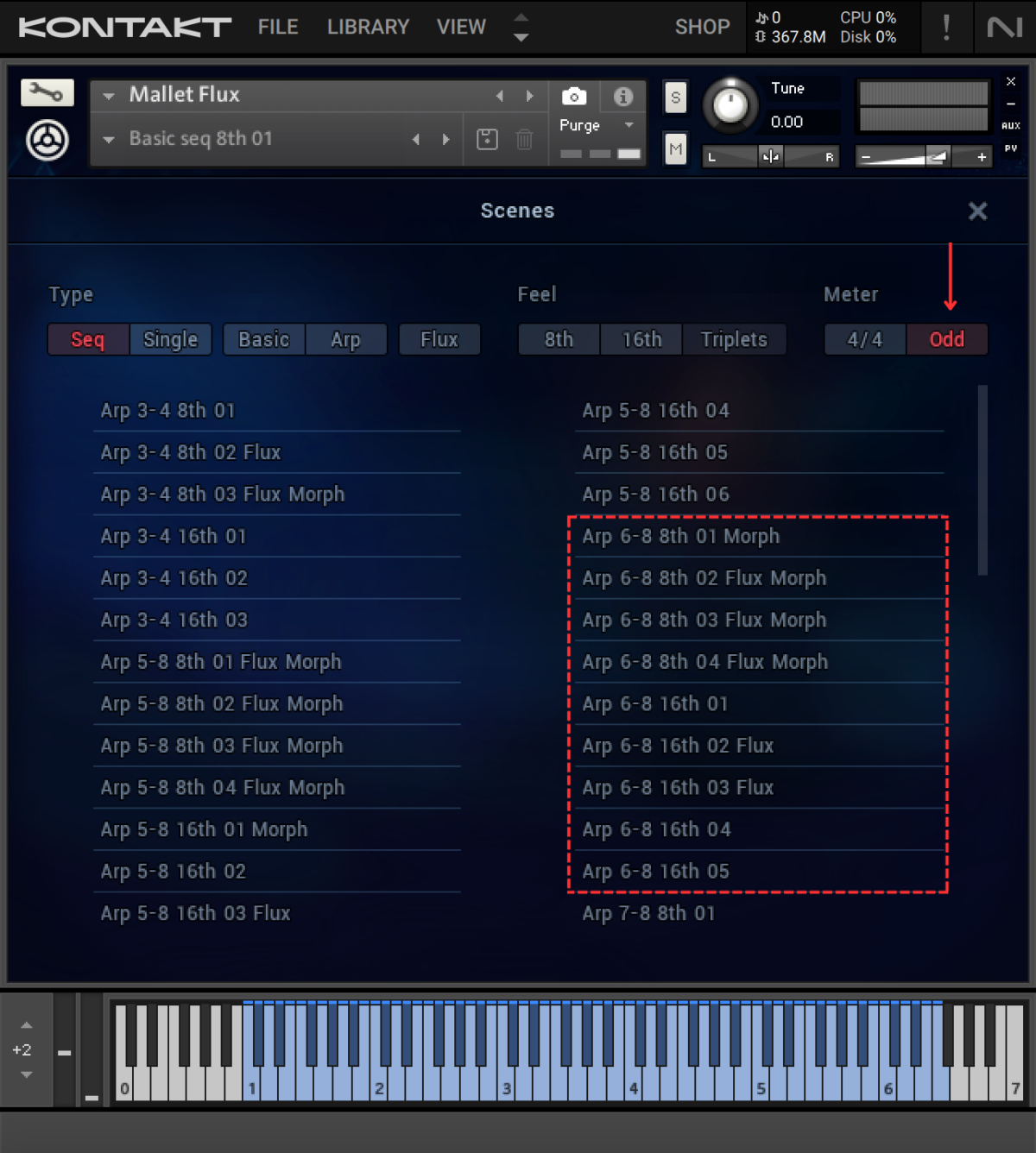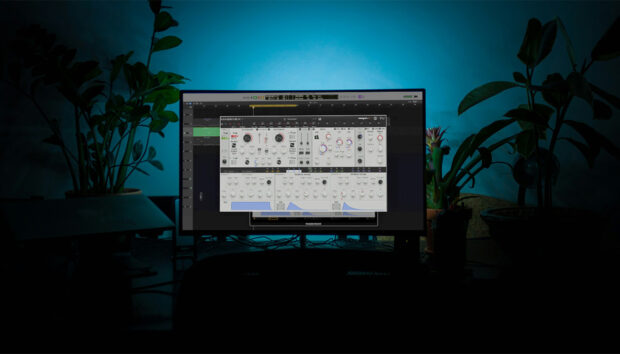
The rhythmic feel of a piece of music will be greatly defined by its time signature. The 4/4 time signature is so common that we might be misled into thinking that it is the only one out there. But when you hear a song and can’t explain why it feels different, the time signature may be what you’re struggling to articulate.
The 6/8 time signature offers a different rhythmic framework to 4/4. Let’s explore the characteristics of the 6/8 time signature, how to count 6/8 time, and listen to some examples of how it is used. If you’re a composer or beatmaker looking to make something a little different, you’ll benefit from understanding 6/8 music.
Jump to these sections:
- Understanding 6/8 time
- Counting and playing in 6/8
- Common uses of 6/8 time signatures
- Get started composing in 6/8 time
Follow along with this tutorial using Komplete Start, a free suite of musical instruments that can bring your musical ideas to life.
Understanding 6/8 time
Before looking specifically into 6/8 let’s take a step back and wrap our heads around the foundational concept of a time signature.
What is a time signature?
A time signature is a way in which we organize and segment beats within a piece of music. Looking at a time signature gives us two important pieces of information:
- What kind of note value we use to define the piece.
- How many of that note value there are per measure.
In the context of a score a time signature will look like this:

The bottom number shows the note value, and the top number tells us how many will be in a measure.
Understanding what a time signature is will be important if you want to understand 6/8 time, so read our guide on time signatures if you’d like to dive into some more detail.
6/8 time vs. other time signatures
The grouping of the 6/8 time signature sets it apart from others like 3/4 or 4/4.
The 6/8 time signature is a “compound meter”, meaning that its beats are subdivided into groups of three. The “6” in the time signature tells us that there are six beats per measure, while the “8” shows that the eighth note is the note value we are referring to. This gives the time signature its rolling or lilting feel.
Some people get confused between 6/8 and 3/4, wondering if they are the same time signature. If you’re one of those people, don’t worry. It’s a common problem. But it’s not hard to wrap your head around.
Perhaps the confusion lies in the fact that three quarter notes and six eighth notes are, mathematically speaking, the same thing. But the difference is in the way that they are grouped together.
3/4 is grouped as one set of three quarter notes per measure, which gives it a “one-two-three” waltz-like feel. On the other hand, 6/8 consists of two sets of three eighth notes per measure (or two dotted quarter notes). That’s why we call it a “compound meter”. This difference in beat grouping is what distinguishes the two, and it affects the way the two time signatures sound different.
If you want to understand the difference in more depth, check out this video:
At slower tempos, 6/8 can feel gentle and reflective, and it’s often used in ballads or emotional pieces. At faster tempos, it takes on an energetic and driving character. It’s a versatile time signature that allows composers and beatmakers to adapt it to many moods, styles, and rhythms.
Counting and playing in 6/8
Counting in 6/8 time requires an understanding of its subdivision within measures. Each measure contains six eighth notes, but as we mentioned earlier, these notes are grouped in twos. That leaves us with two beats:
“1-and-a, 2-and-a.”
Here’s how this breaks down:
- “1” and “2”: The primary beats are typically accented.
- “and-a”: The subdivisions of each primary beat, which help maintain the rhythmic flow.
- “1-and-a” represents counts one, two, and three.
- “2-and-a” represents counts four, five, six.
It can help to focus on the underlying pulse: two strong beats per measure, with a “triplet feel” within each beat.
To play in 6/8 time:
Start by feeling the two primary beats (1 and 2).
Then add in the “and-a” in between each count.
This common 6/8 drum beat accents the kick and snare on beats one and two, and uses a hi-hat on the counts in between.
6/8 in a DAW
When you start a session in your DAW, it probably defaults to 4/4. The first thing you’ll want to do if you want to make music in 6/8 is change the time signature. This control will usually be somewhere near the top of the screen, or near the recording controls.

Certain sample libraries, like Mallet Flux, will also have options to sort their presets into time signatures. Here you can sort by odd time signatures, which in this case includes 6/8:

Common uses of 6/8 time signatures
Let’s take a look at some key ways in which the 6/8 time signature is commonly used:
1. Creating movement and flow
As we discussed earlier, the defining feature of 6/8 time is its rolling rhythm, which is achieved by grouping six eighth notes into two sets of three. This motion feels forward-moving and makes this time signature an excellent choice for music that evokes a sense of momentum. This continuous rolling sound can be heard in “Pink + White” by Frank Ocean:
2. Powerful emotive music
The 6/8 time signature can be used to create an epic, emotive feeling in music. Its natural rise and fall, created by the accents on the primary beats, somehow feels grand and cinematic. Maybe we associate the time signature with this feeling because of its use in certain iconic tracks. But there’s no doubt that the 6/8 time can be used to great effect in this way. Listen to the anthemic “We Are The Champions” by Queen to hear this in action.
3. Supporting lyrical content
6/8 time can help make vocal melodies feel conversational or flowing. The subdivisions of each beat can offer a different “prosody” for lyrics (that means the rhythm of wording in poetry and songwriting). This allows lyrical phrases to stretch in different ways to music in 4/4, for example. It’s a popular time signature for vocal-focused R&B, and maybe this is why. Listen to it in “Dangerous Woman” by Ariana Grande:
4. Dance music
6/8 time is tightly associated with traditional dance music as the rhythm provides a steady pace for choreography. Traditional dances like the Irish jig are often performed to music in 6/8 time. You can hear an example of dance music in 6/8 below in this Irish dance medley:
5. Scoring for films and video games
The 6/8 time signature is perfect for scoring when you want to avoid the common 4/4. Its rolling, compound rhythm creates a sense of motion, and the “two groups of three” structure adds a flowing quality that works well for storytelling.
You can hear it on Borislav Slavov’s iconic “Who Are You” from the Baldur’s Gate 3 Original Soundtrack:
Get started composing in 6/8 time
It can be easy to fall into the trap of making music in 4/4 all the time. Of course, 4/4 has its place. But extending your knowledge to new and different time signatures will make you a more well-rounded composer or beatmaker. 6/8 has a unique sound and understanding it will allow you to make tracks that use its signature rolling rhythms. Hop into a session today with Komplete start for free and get started experimenting with 6/8.















